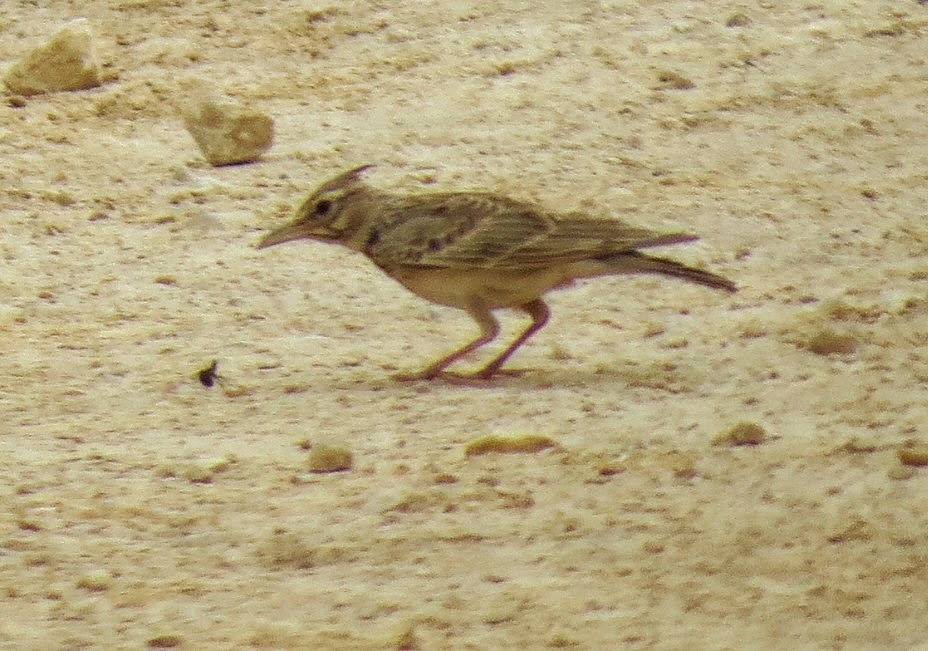black crowned night heron
I made my way down directly to the waste water stream. This is a heavily landscaped and beautified area.
Actually its too beautified in some respects. The trees are nearly all palm and most scrub has been removed. The reeds by the water are too tidy! The overall result is probably to restrict bird diversity.
In winter through its still very good birding. In late spring, summer and early autumn it can be a little disappointing.
I saw two black crowned night heron, one grey heron and one little egret from the heron family.
grey heron
I am pretty sure I heard (but didn't see) a white throated kingfisher.
the end of the waste water stream is a lake
Common moorhen were plentiful. The one below shot out like a bolt when I flushed it by walking past it. Then just as suddenly it got to the other side and just ambled away very slowly as if it had forgotten it was running away.
common moorhen
One of the few birds which are comfortable with palms is white eared bulbul. Another is rose ringed parakeet which buzzed around them all morning.
white eared bulbul
The white spectacled bulbul won't normally touch palms.
white spectacled bulbul
The only warbler seen was the resident graceful prinia. This species is highly adaptive and has spread throughout Saudi Arabia in the past 20 years.
graceful prinia
In the newly watered compounds in Riyadh and Jeddah black bush robin has also adapted to becoming a common garden bird.
black bush robin
The diplomatic quarter has a high proportion of resident birds which are introductions. These include not only white eared bulbul and rose ringed parakeet already mentioned but also common myna and Indian silverbill which were also seen on Saturday.
common myna
Two other introductions which can be seen but weren't on Saturday are red vented bulbul and bank myna.
Indian silverbill
As I have already noted Indian silverbill here and elsewhere in the Riyadh area look worse for wear at this time of year.
Looking back, I realise the only bird I saw all morning which definitely wasn't resident was a single pallid swift.
This weekend I am going for dawn starts to my birding and the two weekends after I am off to the south west including Abha where its going to be much cooler and the birds should be more active.
Looking back, I realise the only bird I saw all morning which definitely wasn't resident was a single pallid swift.
This weekend I am going for dawn starts to my birding and the two weekends after I am off to the south west including Abha where its going to be much cooler and the birds should be more active.























































